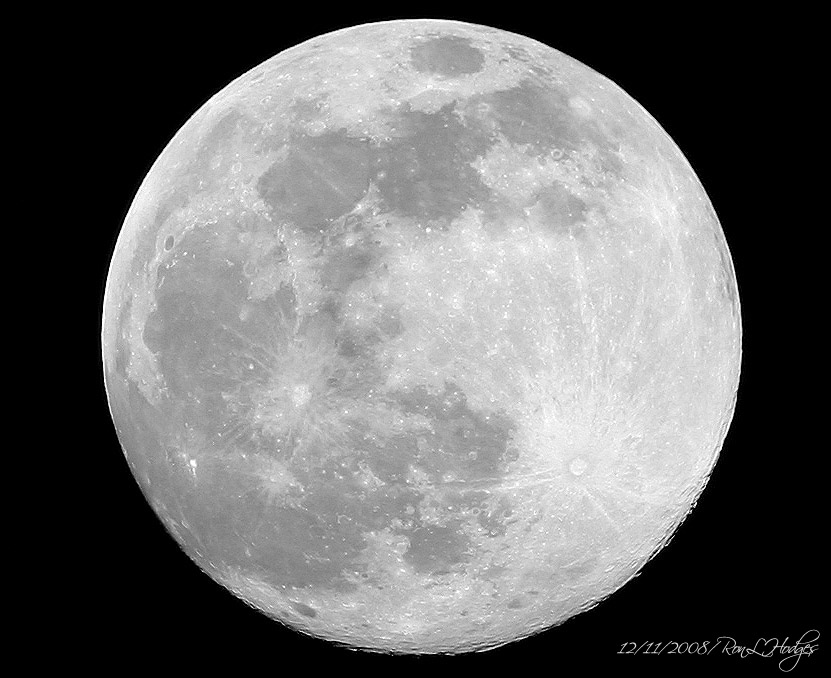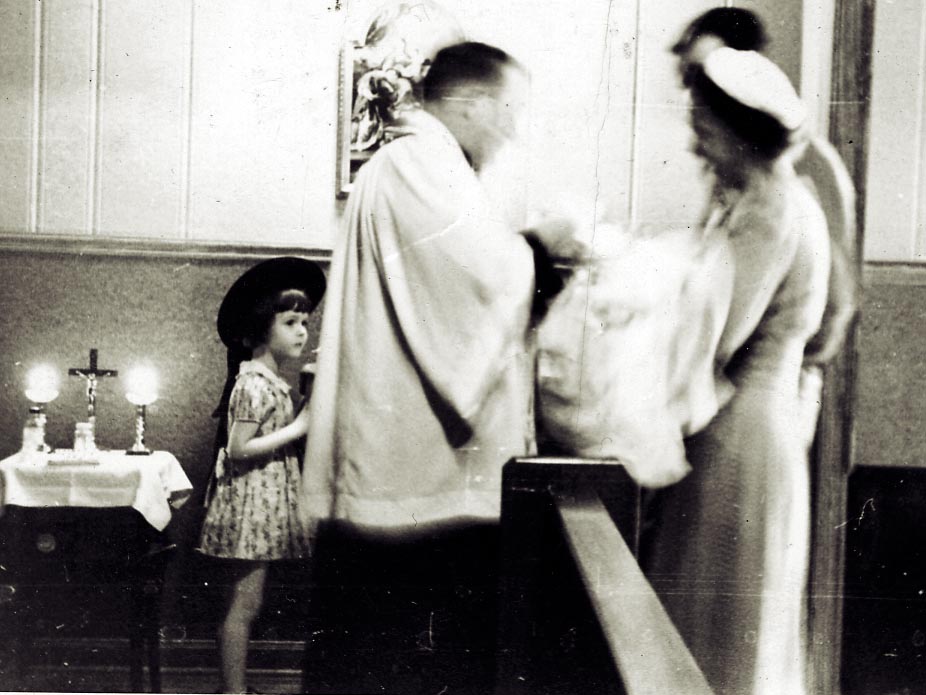Astrological birth control was an outgrowth of increasing interests in the late 1960s and early 1970s in horoscopes and astrology, self-advocacy and self-knowledge in the women’s health movement, and in the management of reproduction without artificial means. Pope Paul VI declared in the 1968 encyclical Humane Vitae that all artificial methods of contraception were sins for Roman Catholics. While many otherwise faithful Catholics ignored this restriction, the worldwide Catholic Church reinforced the Pope’s message through extensive educational programs that reframed the encyclical’s restrictions as blessings. In the same period, Barbara Seaman’s The Doctor’s Case against the Pill (1969) was only one of many publications that reported health problems due to the hormonal pill and permanent damage to women’s reproductive systems from use of the Dalkon Shield and Cu-7 intrauterine devices (IUDs). In the midst of sexual revolution in the late 1960s, men and women were also increasingly expressing displeasure with the interruption of the flow of a sexual encounter when putting on a condom, distaste toward the messiness and smell of spermicides, and concerns over the inefficacy of the withdrawal method. There was, then, a ready audience for astrological birth control, a repackaged concept that now emerged as a fertility management option.

The aligning of women’s menstrual cycles to the moon to promote conception has a long history. The Czechoslovakian psychiatrist, astrologer, and devout Roman Catholic Eugene Jonas revived attention to this practice in the mid-1950s. He aimed to identify the fertile days in a woman’s menstrual cycle from her natal chart. He argued that the ability of a woman to conceive tended to occur during the phase of the moon in which she herself was born. Whether the Zodiac sign of the moon’s position was male or female would then determine the gender of the child. A woman could calculate the sign herself if she knew astrology well, but Jonas answered requests for natal charts from women across Europe once his research began receiving publicity. Bestselling paranormal and self-help authors Sheila Ostrander and Lynn Schroeder’s books Psychic Discoveries behind the Iron Curtain (1970) and Astrological Birth Control (1972) popularized Jonas’s findings. There was no third-party verification, however, that Jonas’s methods worked in the way that Ostrander and Schroeder described. But that has not stopped the method from continuing to receive widespread publicity in astrological pamphlets, books, and Web sites. Present-day companies continue to market Jonas calendars both to calculate fertility and to avoid pregnancy.
The principles behind astrological birth control resemble other non-artificial methods that depend on timing sex for certain times of the month, including “natural family planning” (NFP), formerly known as the rhythm method, which is the only form of birth control that the Roman Catholic Church does not consider a sin. While female users of astrological birth control depend on the phase of the moon to determine when to have or not to have heterosexual intercourse, users of NFP depend on cervical mucus thickness, cervical observation, and basal body temperature to determine the timing of sexual intercourse. Practitioners of astrological birth control and NFP thus use non-hormonal, non-barrier methods based on similar reasoning: members of both groups have a desire to avoid any barrier methods that may harm them or their partners, whether physically or morally.
Jennifer Burgess, author of the 1970s pamphlet “Astrological Birth Control and Planning,” identified this combination of concerns. She notes that users of the method want to avoid “unnatural pills” and abortions because both are “unhealthy both physically and emotionally, unwholesome morally, not aesthetic or in harmony spiritually, and could have genetic consequences severely detrimental to humanities’ [sic] future.” [1] The non-religious fertility awareness activist Katie Singer outlined her own difficulties trying to learn the method in Voices of the Women’s Health Movement, wondering, “Are the teaching methods, commitments, and self-control expressed in the Catholic community not available to others?” (vol. 1, p. 176). Despite encountering resistance from Catholic laywomen while learning NFP in the late 2000s, Singer advocated for non-hormonal methods in order to feel closer to the natural rhythms of the earth and sky and to connect more closely with her male partner.

Astrological birth control has never been widely known, accepted or used enough to draw scrutiny for scientific study, and its proponents’ claims regarding its success for gender selection of the fetus are unfounded. Nonetheless, the existence of multiple methods of non-hormonal birth control across religious spectrums illustrates both historical and ongoing interest in awareness about all of the possible options for managing fertility. Whether or not men and women feel free to use them—or feel religiously obligated to do so—is another question altogether.
[1] Foundation to Regenerate the Earth [Jennifer Burgess], “Astrological Birth Control and Planning,” Dacono, CO, [1970s], Pamphlet, p. 1. Astrological Birth Control folder, box 65, Feminist Women’s Health Center Records, David M. Rubenstein Rare Book & Manuscript Library, Duke University, Durham, North Carolina, USA.

Donna J. Drucker is Assistant Director of the Office of Scholarship and Research Development at the Columbia University School of Nursing. She is the author of The Machines of Sex Research, The Classification of Sex, Contraception, and Fertility Technology. She tweets from @histofsex

NOTCHES: (re)marks on the history of sexuality is licensed under a Creative Commons Attribution-NonCommercial-NoDerivatives 4.0 International License.
Based on a work at www.notchesblog.com.
For permission to publish any NOTCHES post in whole or in part please contact the editors at NotchesBlog@gmail.com




